Mary Stratton Ryan traces the life and career of Wexford-born artist Francis Alfred Danby
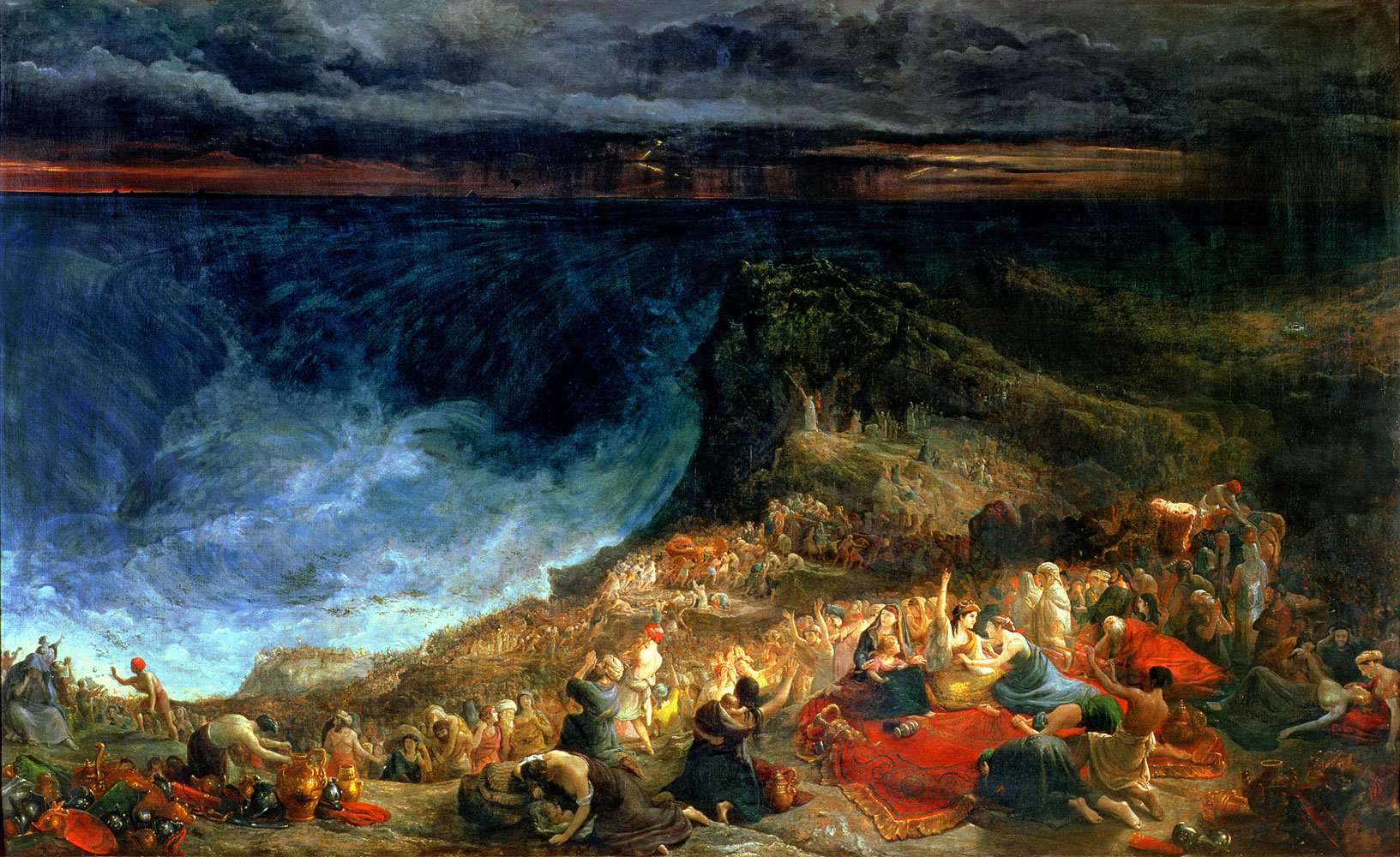
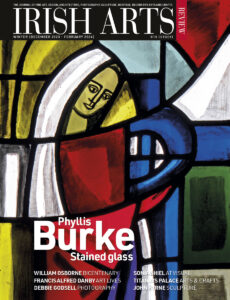
Grandeur of imagination, poetic breadth of treatment and colossal energy characterise the paintings of Wexford-born artist Francis Alfred Danby. An émigré artist of the Dublin Society School, where he studied from 1807 to 1813, Danby has traditionally been regarded as a Bristol School artist. This early association with Bristol has led to him being considered a provincial British artist, somehow separate from the wider European context. Danby looked to the European schools for his inspiration and lived and painted in France and Switzerland from 1829 until 1841. While his period in Bristol was vital to his development, in reclaiming Danby it is essential to recognise that he was an Irish artist to his very core, steeped in the European Romantic tradition which, like his Celtic heritage, revelled in the power of the imagination. He was a painter of vision and revolution, on a par with the Romantic poets of the period.
The essence of Danby’s artistic talent was his ability to create landscapes steeped in mood. He achieved this by creating a bond between his human figures and their landscape settings, and through a sensitive awareness of the pathos of colour, light and distance. His palette contained an array of traditional colours such as Persian earth, rose madder and vermillion/cinnabar, Watin blanc de crème (a vibrant white), aureolin/cobalt yellow, sienna/umber, ultramarine and Prussian blue. He also employed new, experimental colours long before the solar palette of the Impressionists. These, however, caused problems in his paintings. His use of the pigments Mars red, spalt or asphaltum and bitumen of Judea caused frequent darkening and cracking of the surface of his works. Conservation work by Irish and British galleries rescued many of these paintings. Despite these problems, this adventurous palette allowed Danby to produce several of the most highly acclaimed canvases of the Romantic era.
To read this article in full, subscribe or buy this edition of the Irish Arts Review
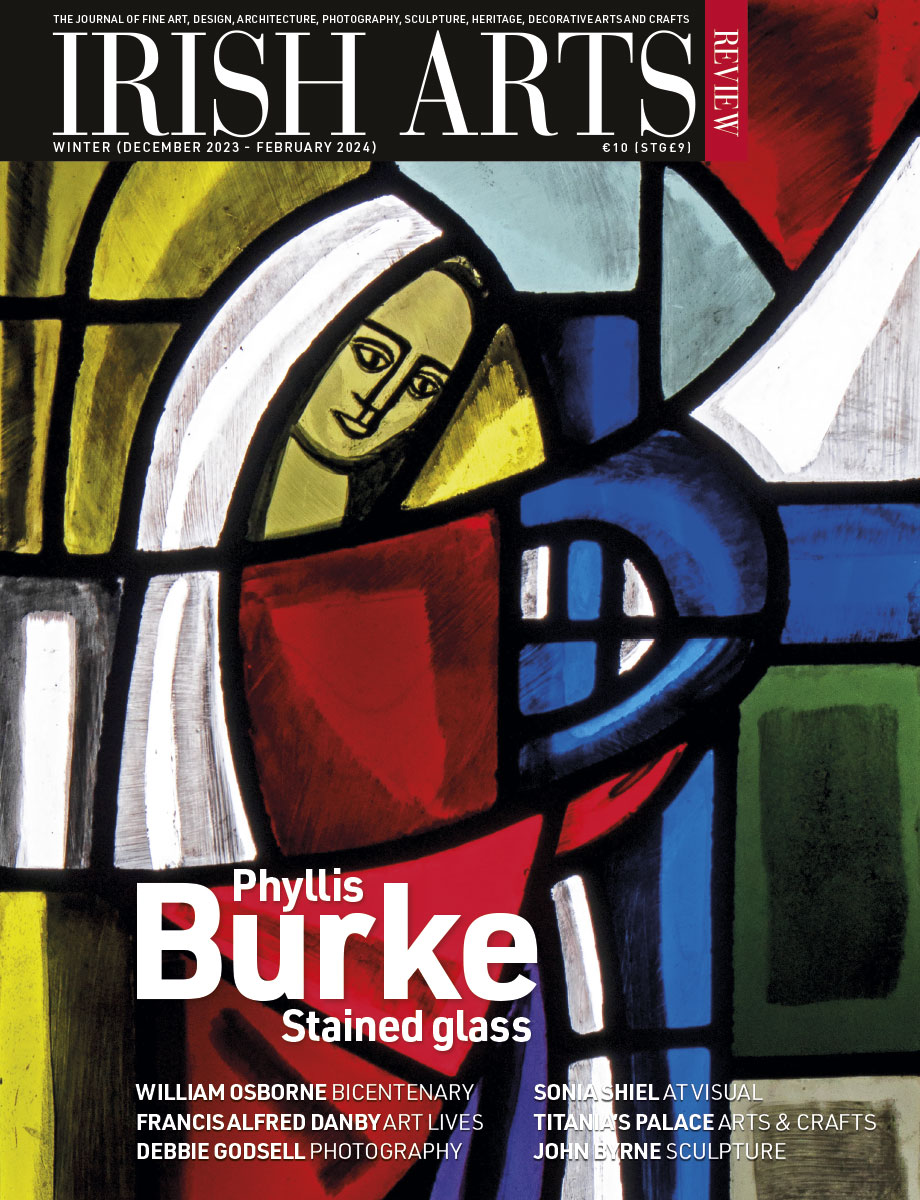
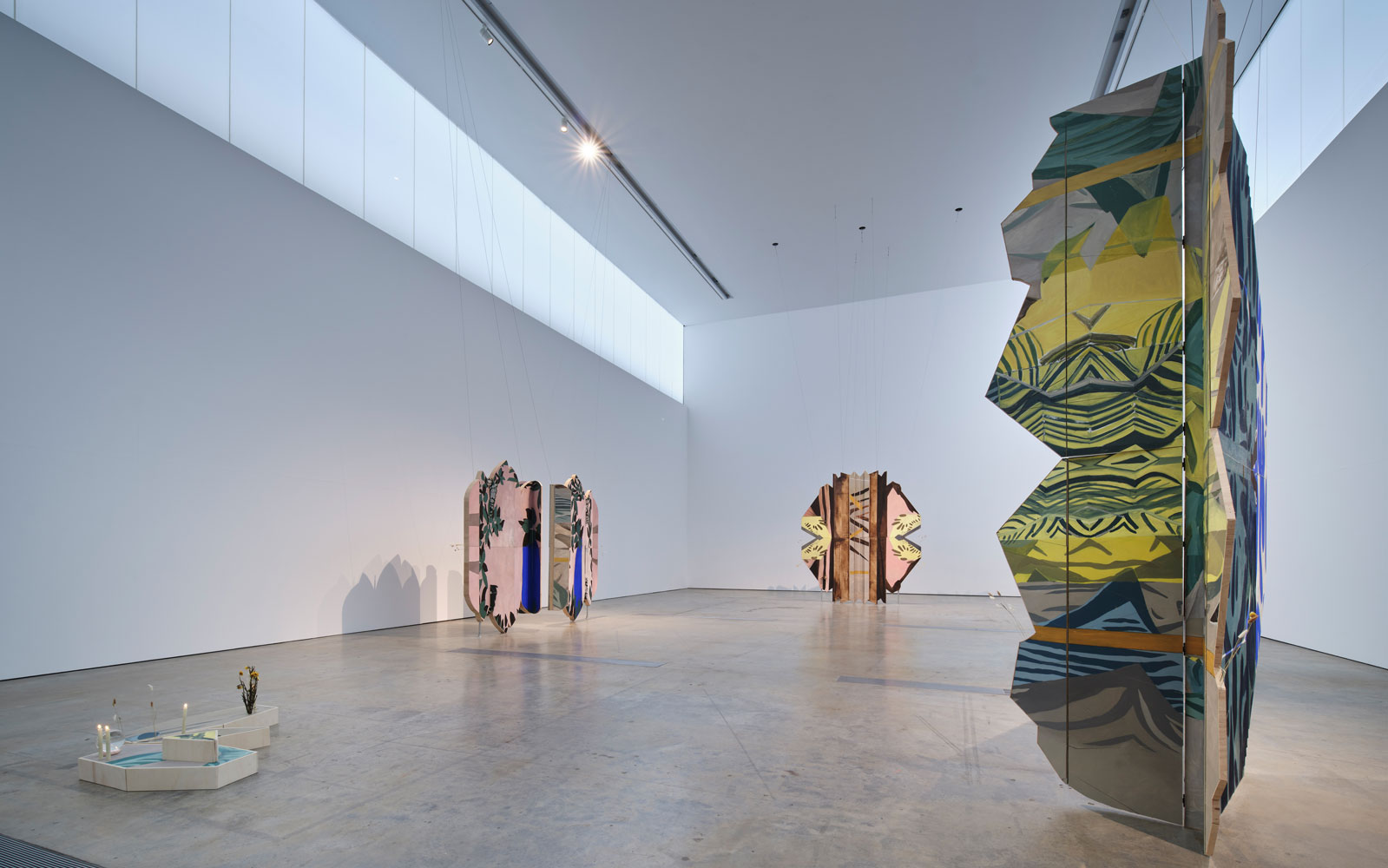
Sonia Shiel turns painting on its head, writes Catherine Marshall, and her exhibition invites reflective pauses, moments to question what you have just seen
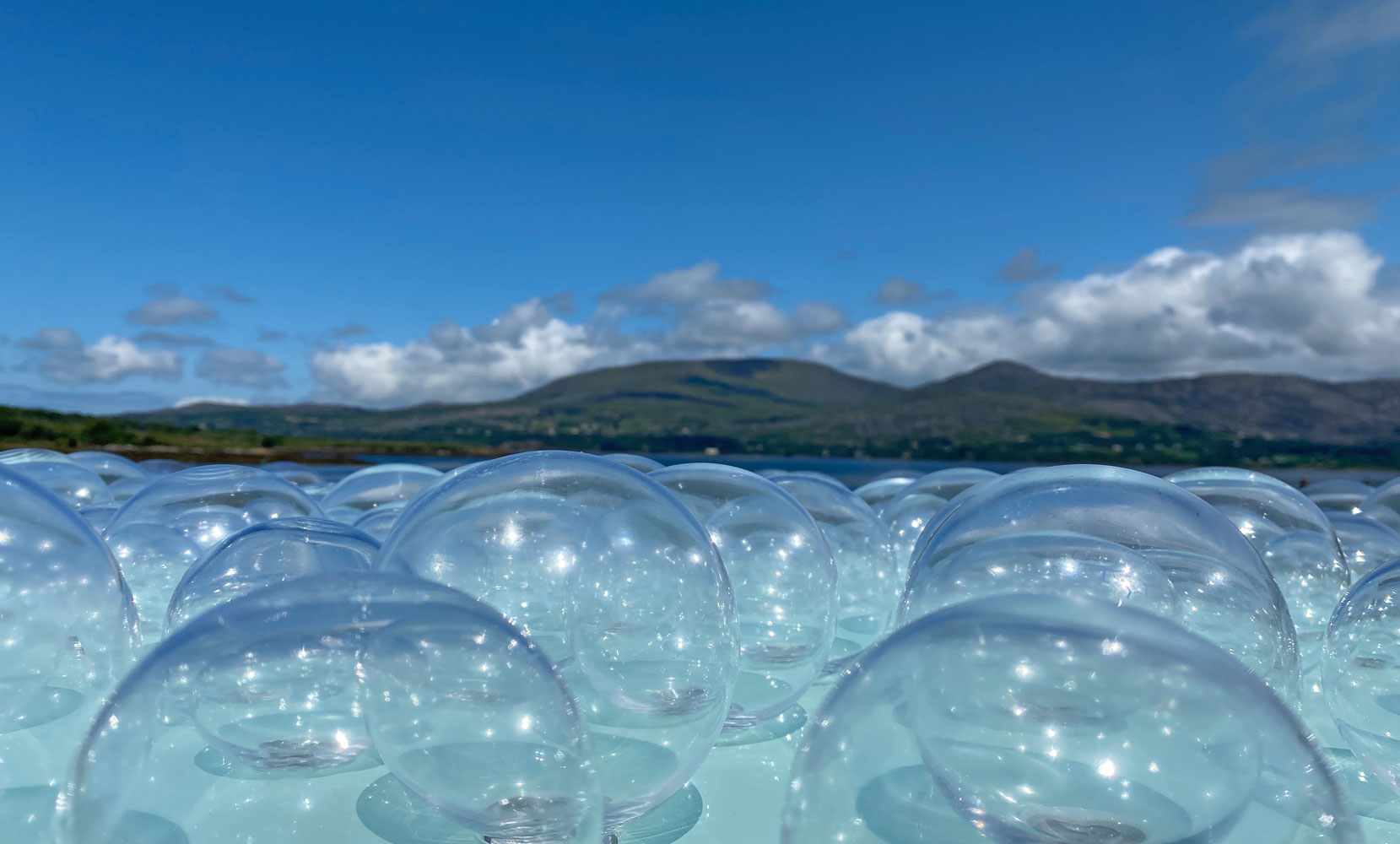
Gráinne Coughlan examines the work of Bere Island artist Mary K Sullivan
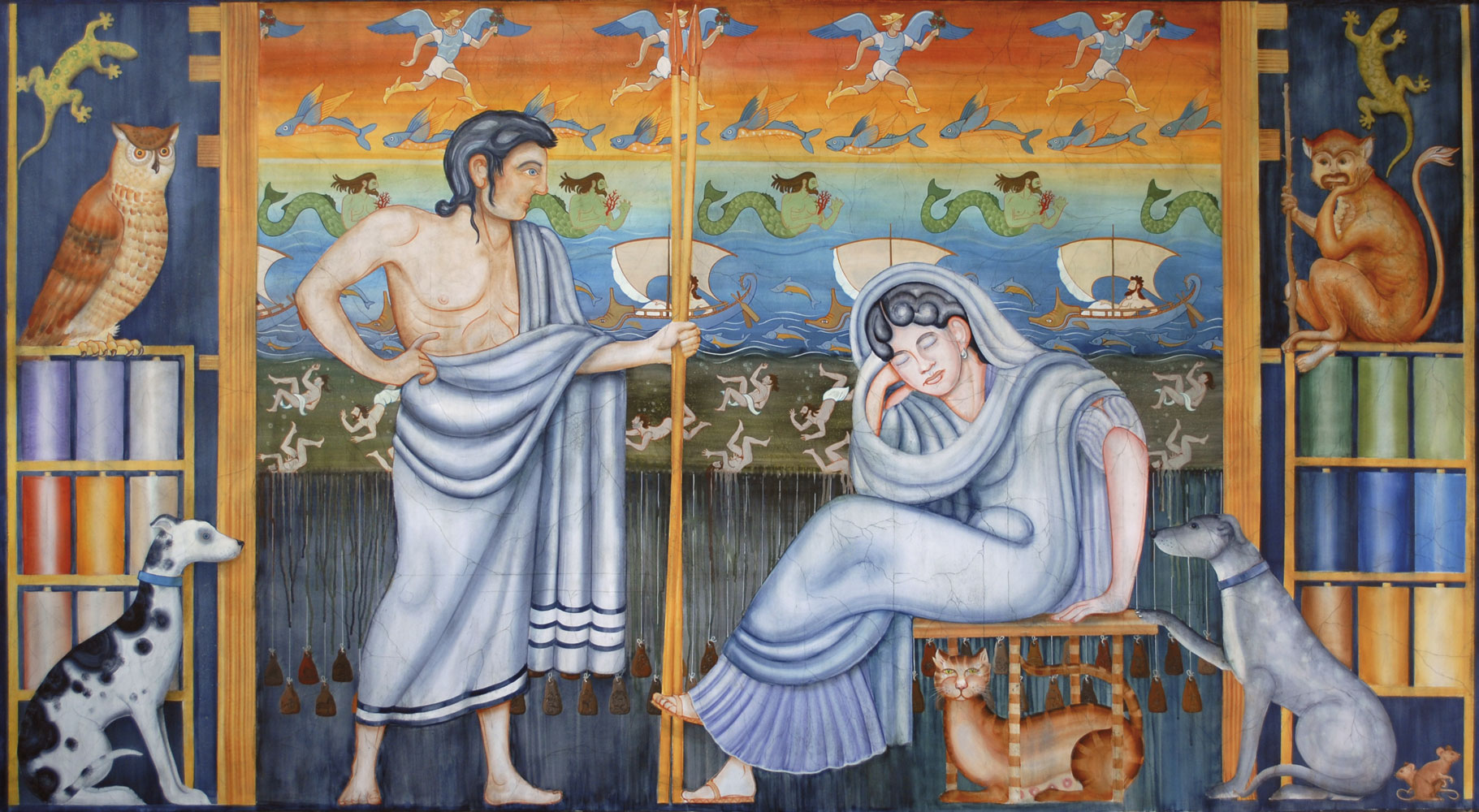
John P O’Sullivan meets with John Kindness ahead of his exhibition ‘Odyssey’, at the Royal Hibernian Academy